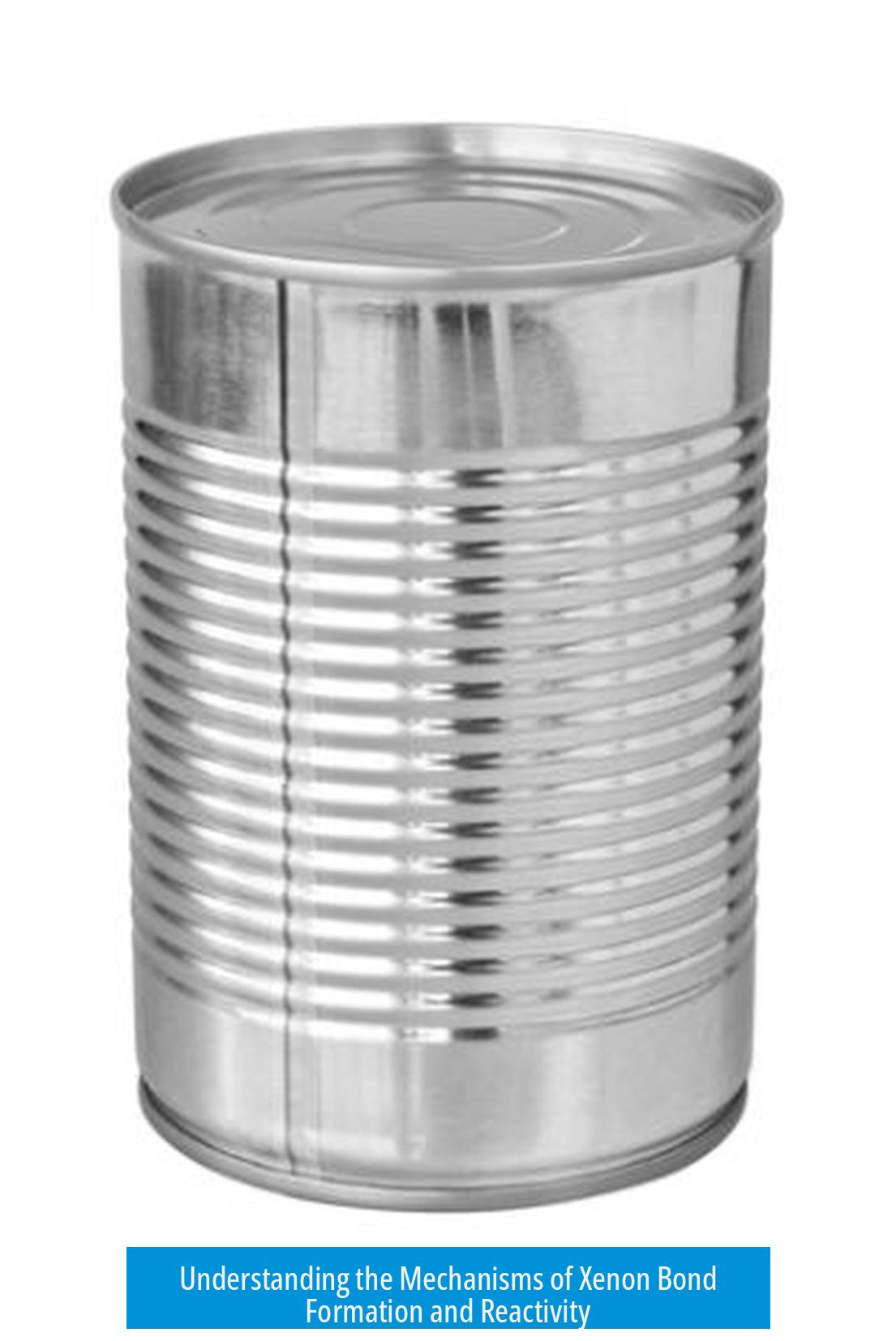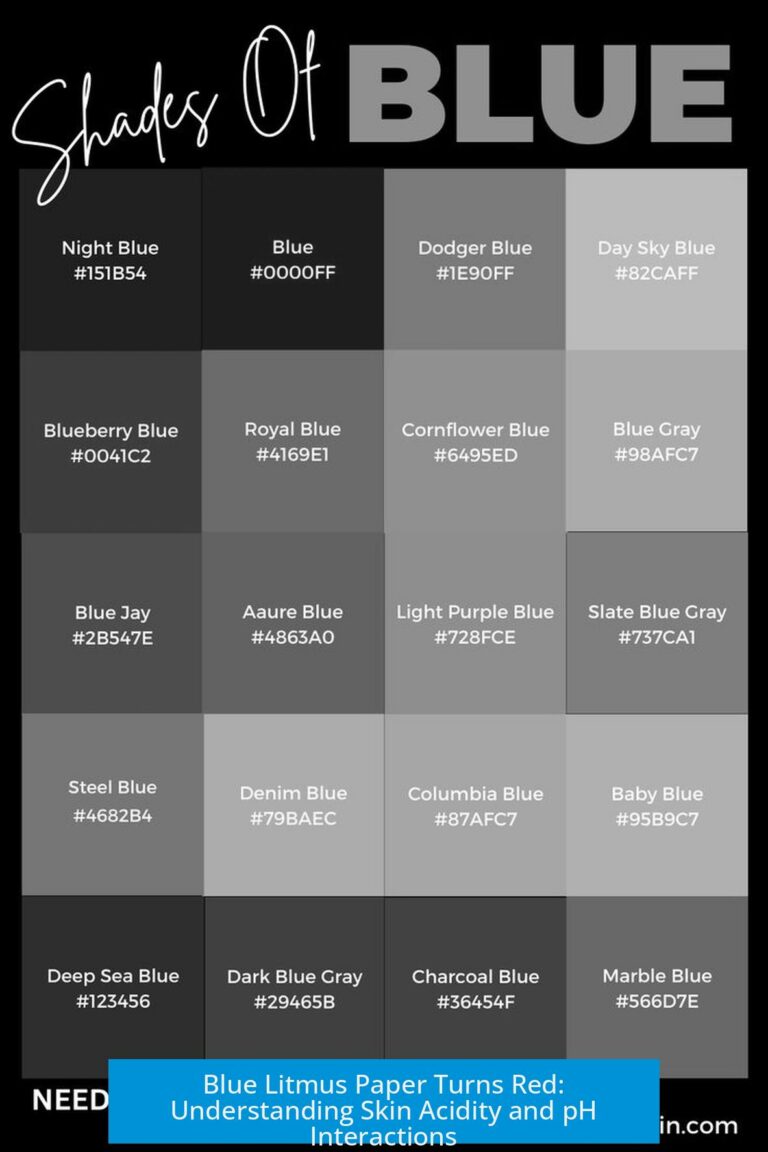Understanding How Xenon Bonds Work

Xenon bonds involve unique electron-sharing interactions, primarily through three-center four-electron (3c4e) bonds. Although xenon is a noble gas with a complete octet, under specific conditions it forms stable compounds, especially with highly electronegative elements like fluorine.
Nature of Xenon and Its Reactivity
Xenon is a large atom with filled outer electron shells. Its valence electrons usually resist bonding because they are tightly held and satisfy the octet rule. However, xenon’s size weakens the pull of its positive nucleus on its outer electrons. This reduced pull makes the outer electrons more available for interaction.
Exposure to ultraviolet light can excite xenon’s valence electrons. Excited electrons promote bonding by accommodating electrons from very electronegative atoms such as fluorine. For a long time, xenon was considered inert. Chemists thought compounds involving xenon were impossible. This changed when researchers synthesized xenon-fluorine compounds, some solid at room temperature.
Types of Bonds in Xenon Compounds
Xenon forms bonds that differ from typical two-center, two-electron (2c2e) bonds. Its bonding mainly involves a three-center, four-electron (3c4e) bond arrangement. This bonding mode allows electron sharing among three atoms with four electrons distributed across the bond.
Three-Center Four-Electron (3c4e) Bonds
For example, in the xenon difluoride (XeF2) molecule, the xenon atom shares bonding electrons with two fluorine atoms in a linear geometry. The bonding involves overlap among xenon’s orbital and the orbitals of two fluorine atoms, creating a delocalized bond that spans three centers.
“These bonds are called 4 electron 3 center bonds.”
This model explains why XeF2 is stable despite xenon’s full octet. The electrons are shared, but the bonding electrons distribute over three nuclei, lowering electron repulsion and stabilizing the molecule.
Resonance Structure Model

To visualize this bonding, chemists use resonance structures. For XeF2, this involves imagining two resonance contributors: XeF+ paired with F−, and its equivalent counterpart on the opposite fluorine atom.
- The resonance forms show partial charges: a partial positive on xenon and partial negatives on fluorines.
- They explain half bonds between xenon and each fluorine.
- These structures are not real molecules on their own but help conceptualize bonding.
Isoelectronic Analogies
Xenon bonding adapts from analogies with other atoms and ions that have the same number of electrons (isoelectronic species). For example, the xenon cation (Xe+) is isoelectronic with iodine.
Chemists extend this model to describe molecules with xenon and electronegative groups:
| Molecule | Comments | Isoelectronic Analogy |
|---|---|---|
| XeF+ | Xenon bonded to fluorine with +1 charge | Iodine analog |
| XeF2 | Neutral fluorides with three-center bonding | Extension of XeF+ |
| XeO | Xenon bonded with oxygen (O−) | Isoelectronic with XeF |
These trends reveal how xenon bonds share electrons in multi-center bonding frameworks.
Electronegativity and Bond Formation
Xenon bonding depends heavily on electronegativity differences between xenon and its bonding partners. Electronegativity measures an atom’s ability to attract shared electrons.
- Xenon’s electronegativity: 3.1
- Fluorine’s electronegativity: 4.0 (much higher)
- Hydrogen’s electronegativity: 2.2 (much lower)
For xenon to participate in bonding, the partner atom or ligand must pull electron density away from xenon. Fluorine’s higher electronegativity allows it to attract electrons, enabling polarized bonding with xenon. Hydrogen cannot do this effectively.
“This explains why compounds like sulfur hexahydride (SH6) don’t exist.”
Xenon fluorides form because fluorine can stabilize partial negative charges while xenon carries partial positives, bonding electrons are shared unevenly but stably.
Electronic Structure Hypotheses
Some discussions speculate that xenon’s bonding arises from unpaired electrons in d orbitals. This idea suggests xenon uses excited d orbitals to form bonds. However, this remains unconfirmed and theoretical.
The role of d orbitals in xenon bonding has been questioned. Modern quantum chemistry suggests multi-center bonding with p orbitals often suffices to describe the bonding without invoking d orbitals explicitly.
Ionization Energy and Bonding Analogies
Chemist Neil Bartlett predicted xenon compounds using ionization energy comparisons. He noted xenon’s first ionization energy was similar to oxygen’s. Since oxygen forms compounds with fluorine, Bartlett hypothesized xenon could do similarly.
His insight led to synthesizing xenon fluorides, confirming xenon’s ability to bond. Though his reasoning was partly qualitative, it ushered a new era in noble gas chemistry.
Definition of a Xenon Bond
In chemistry, a bond is shared electron density between atoms. Xenon bonds conform to this definition. The electron cloud distributes over xenon and its ligands, whether in two-center or three-center bonds.
Though xenon’s bonding is unusual compared to typical covalent bonds, it is still electron density shared between atoms in defining chemical bonds.
Practical Examples of Xenon Compounds
Xenon bonds primarily with highly electronegative atoms such as fluorine and oxygen derivatives. Examples include:
- Xenon Difluoride (XeF2): A stable, linear molecule with 3c4e bonding, commercially available as a solid at room temperature.
- Xenon Tetrafluoride (XeF4): Square planar molecule formed by similar multi-center bonds.
- Xenon Hexafluoride (XeF6): Octahedral molecule with complex bonding framework.
These compounds illustrate xenon’s ability to form chemicals once thought impossible. Xenon chemistry expands the understanding of bonding and molecular structure.
Key Takeaways
- Xenon bonds result from electron sharing, mainly three-center four-electron bonds with electronegative atoms.
- Xenon’s large size and electron excitation allow valence electrons to participate in bonding despite full octet.
- Highly electronegative ligands like fluorine pull electron density away from xenon enabling stable bonds.
- Resonance and isoelectronic models help visualize xenon bonding but do not exist as isolated forms.
- Xenon fluorides such as XeF2 showcase practical examples of xenon bonding.
What kind of bonds form between Xenon and Fluorine atoms?
Xenon and Fluorine form three-center four-electron (3c4e) bonds. This means two Fluorine atoms share electrons with one Xenon atom, creating partial bonds that are spread over three atoms.
Why can Xenon, a noble gas, form chemical bonds at all?
Xenon’s valence electrons are usually stable, but UV light can excite these electrons. This makes Xenon reactive with highly electronegative elements like Fluorine, allowing bond formation despite its inert nature.
How does electronegativity affect the bonding ability of Xenon?
Xenon has an electronegativity of about 3.1. Fluorine’s higher electronegativity (4.0) helps pull electron density away from Xenon, enabling bond formation. Less electronegative atoms like Hydrogen cannot bond this way with Xenon.
What does the resonance model tell us about bonds in Xenon compounds?
Xenon-fluorine bonds can be described using resonance structures where charges shift between Xenon and Fluorine atoms. This explains the bond as a mix of states, rather than a single fixed bond.
Are there analogies to help understand Xenon bonding?
Yes. Xenon ions resemble iodine in electron count, allowing similar bond types. Molecules like XeF2 can be compared to isoelectronic structures such as XeO, helping visualize bonding patterns.





Leave a Comment